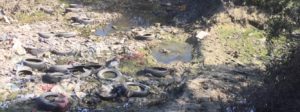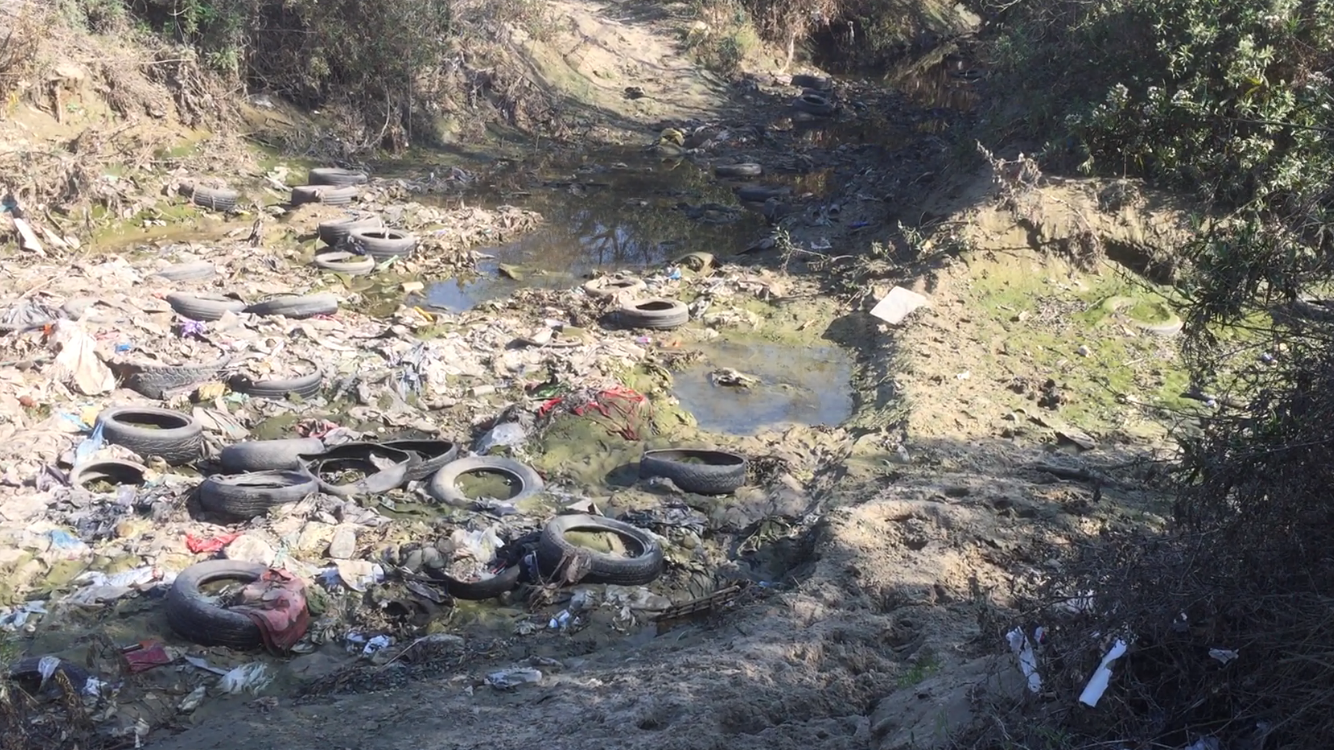Surfrider Cease and Desist
November 30, 2019Reject Surfrider/Wildcoast TRV Plan
November 30, 2019
Leon Benham
October 22, 2019
I don’t get it…can someone tell me what the Los Cabos Estuary and the Imperial Beach Estuary have in common? Well to be fair, I am willing to drill down into the possible benefits of this “sister” estuary concept – if you have the patience to read further.
At first glance, the Los Cabos area and most of the southern state of the Baja California area gets all its freshwater from groundwater wells and they have a history of protecting their groundwater supplies because, in that arid region, it is all the water they have. Years ago Los Cabos made the wise investment in installing packaged sewer treatment plants at all their new hotels and then using the wastewater on new golf courses they were planning. In this way, they were able to have no wastewater enter the crystal blue waters of the Sea of Cortez. After all the clean beach water and the tremendous fishing are what brought people to the Los Cabos area. The proprietors of the hotels and the people who watched Los Cabos grow over the last few decades knew that protecting the water was of primary importance to protecting the tourism industry. Clean water and abundant sea life are what bring people to the Los Cabos area.
In contrast, the City of San Diego and local government agencies have not wisely invested or protected our groundwater supply. Like our sister estuary in Los Cabos, years ago the Imperial Beach Estuary/TJ Valley had abundant well water and produced 12,000-acre-feet of water per year. To give you scale, the Rodriquez Dam has approximately 8,000-acre-feet of storage capacity. The water in the TJ Valley was of such high quality in 1970’s a famously named water company sold drinking water in Smugglers Gulch by the truckload. As Cub Scouts hiking to the Spooner Mesa Scout Camp from Imperial Beach and many other people can still remember stopping by the drinking fountains and drinking cool water from the cone-shaped paper cups provided by this water company.
But back to the comparison….the City of San Diego and State agencies who provided governance over the Tijuana River Valley and the Imperial Beach Estuary failed to protect the groundwater supply. Unlike the wise future-thinking leaders of Los Cabos, the government officials of San Diego and out of town environmental groups in the early 1990’s failed to realize that the Tijuana River Valley is the low point for an 1800 square mile drainage. It can provide the Tijuana and San Diego area quality drinking water in the amount of between 500 thousand to 2.5 million acre-feet of water per year. To give you scale the lower Otay Lake has approximately 48,000-acre-feet of storage capacity. So, if managed and developed properly, we have the capacity to provide quality drinking water of 10 Otay lakes from the Tijuana River Valley drainage.
In the 1990’s the critical short-sighted mistake made by the governmental officials of San Diego and out of town environmental groups who had their ear was to ignore the fugitive sewage flows that contaminate the groundwater in the Tijuana River Valley from Mexico. Unlike our sister estuary in Los Cabos which wisely built the infrastructure so that all sewage is in pipes is processed and never enters the ocean. Our government officials took the easy way out and failed to require Mexico to invest in their infrastructure.
The result of this, 25 years later, is the Imperial Beach Estuary receives a constant flow of contaminated sewage water through groundwater seepage or percolation. This is the same type of flow that maintains the Los Cabos Estuary to its pristine state. In contrast, in the 1970s through the early 1980s, this same type of groundwater flow was in such low amounts that it had little effect on the Imperial Beach slough. Almost all the people who fished and used the slough for recreation all remember how abundant the fish and birdlife was in the river mouth and the large tidal currents. That was when Tijuana was a relatively small city. Now we have approximately 39% of the sewage in Tijuana is exposed to the groundwater via septic tanks and leech fields and most are undocumented (fugitive flows). Unlike the pristine Los Cabos estuary, we know that Imperial Beach estuary is in big trouble. The Imperial Beach estuary tidal flows have been reduced by 90% percent and this has caused the oxygen levels to drop and this along with sediment is killing off the aquatic life especially the creatures who live in the sand/mud (genetic species). In addition to the contaminated groundwater upwelling in the slough, there are 25 million gallons of Mexican waste sewage water dumped off Imperial Beach each day through the South Bay Ocean Outfall (SBOO), not to mention the dry weather sewage spills which occur every week. No wonder that we have lost 90 percent of the birds who used to travel to the estuary via the Pacific Flyway. The birds, showing their resilience, now bypass this area and go to the Salton Sea where there is clean water, more food and better habitat than the dying Imperial Beach Slough.
So after writing this opinion op-ed, I changed my mind. There is a benefit to having a sister relationship with the Los Cabos Estuary. They show us how to build a sustainable sewer treatment infrastructure and we have learned how, because of our government’s past bad infrastructure decision, to destroy one.
A recent study by the State of California known as SB507 is embracing the same failed approach which occurred 25 years ago in the Tijuana River Valley. This plan which is being supported by the local NGOs, City of Imperial Beach Council members Mark West and Paloma Aguirre and even the Mayor of Imperial Beach will dump an additional 75 million gallons of treated Mexican sewage off Imperial Beach.
As this plan will be with us for the next 25 years and will cost US taxpayers nearly $2 billion, we should review this plan very closely.
Leon Benham

